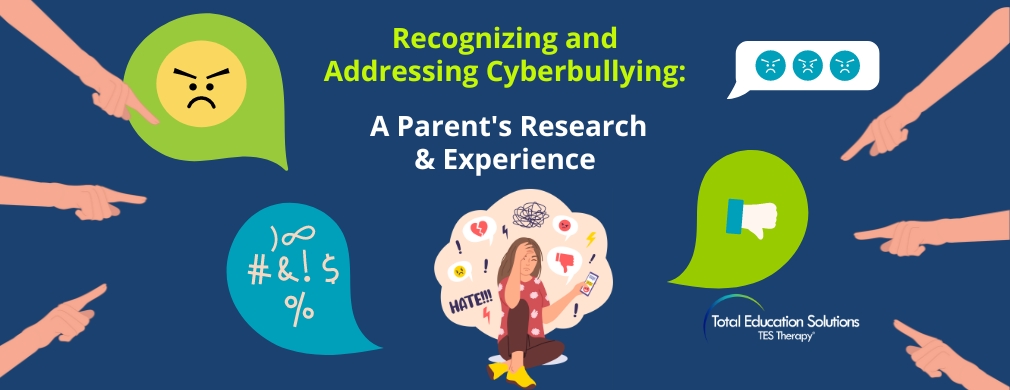In today’s digital age, the internet has become an integral part of our children’s lives. While it offers numerous opportunities for learning, connecting, and creativity, it also brings with it the unfortunate reality of online bullying. As parents, we must recognize the signs of online bullying and take proactive steps to address it. Personally, having recently navigated a texting ordeal with my daughter, this issue holds significant weight for me. Although our situation was relatively minor, it served as a poignant reminder of the importance of remaining vigilant in safeguarding not only my child but also the well-being of other children.
Understanding Online Bullying
Online bullying, also known as cyberbullying, refers to the use of digital communication tools such as social media, messaging apps, or online forums to harass, intimidate, or threaten others. Unlike traditional bullying, cyberbullying can happen anytime and anywhere, making it harder for victims to escape from it.
Recognizing the Signs
As parents, we must be vigilant and observant of any changes in our children’s behavior that may indicate they are being bullied online. Some common signs of online bullying include:
- Emotional Withdrawal: If your child suddenly becomes withdrawn, anxious, or depressed, it could be a sign that they are experiencing online bullying.
- Changes in Behavior: Noticeable changes in your child’s behavior, such as reluctance to use their devices or participate in online activities they once enjoyed, should raise concerns.
- Secretiveness: If your child becomes secretive about online activities or hesitates to discuss online interactions, it might be a red flag.
- Physical Symptoms: Complaints of headaches, stomachaches, or trouble sleeping without any apparent cause could be a manifestation of the stress caused by online bullying.
- Academic Decline: A sudden decline in academic performance or reluctance to attend school may indicate that your child faces challenges, including online bullying.
Taking Action
If you suspect that your child is being bullied online, it’s essential to take swift and decisive action to address the situation. Here are some steps you can take as a parent:
- Open Communication: Create a safe and non-judgmental environment for your child to share their concerns. Encourage open communication and assure them that you are there to support them.
- Document Evidence: Keep a record of any harassing messages, screenshots, or online interactions that your child has experienced. This documentation may be helpful if you need to involve school authorities or law enforcement.
- Report and Block: Teach your child how to block and report abusive users on social media platforms or messaging apps. Additionally, the bullying should be reported to the relevant platform to have the harmful content removed.
- Involve School Authorities: If the bullying involves classmates or peers from school, consider contacting teachers, counselors, or school administrators for assistance. Many schools have protocols in place to address cyberbullying incidents.
- Seek Professional Help: If your child is experiencing significant distress as a result of online bullying, consider seeking professional help from a counselor or therapist who specializes in dealing with cyberbullying and its psychological effects.
Promoting Digital Literacy and Resilience
Prevention is always better than cure, and promoting digital literacy and resilience in our children can protect them from online bullying. Teach your child about responsible online behavior, including the importance of respecting others’ privacy and boundaries. Encourage them to think critically about the content they encounter online and to seek help if they ever feel uncomfortable or threatened.
As parents and caregivers, we must equip our children with the skills and knowledge they need to navigate the digital world safely. By staying informed, maintaining open communication, and taking proactive steps to address online bullying, we can help create a safer online environment for our children to thrive.
Digital Oversight – Personal Experience
When it came to granting our 13-year-old daughter a phone, she was one of the last among her friends to receive one. Our primary motivation was her late-night sports practices, often past 9 pm. Initially, I adopted the routine of retrieving her phone each night and combing through her texts and activities—an endeavor that quickly revealed the sheer volume of messaging among teenage girls! Recognizing the need for more efficient oversight, I turned to various available parental monitoring apps. Options like Bark, Aura, and Family Keeper presented themselves, but I carefully considered Bright Canary. Its simple installation process and user-friendly interface appealed to me. Though I’m only a month into using it, I’ve found its features quite satisfactory.
Please note that while I’m not an expert, the insights I share stem from my personal experiences and diligent research as a mom. Furthermore, it’s important to clarify that my discussion here does not endorse any specific application or platform.
Additional Resources


 04 Apr 2024
04 Apr 2024 












